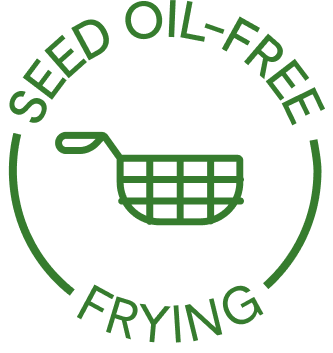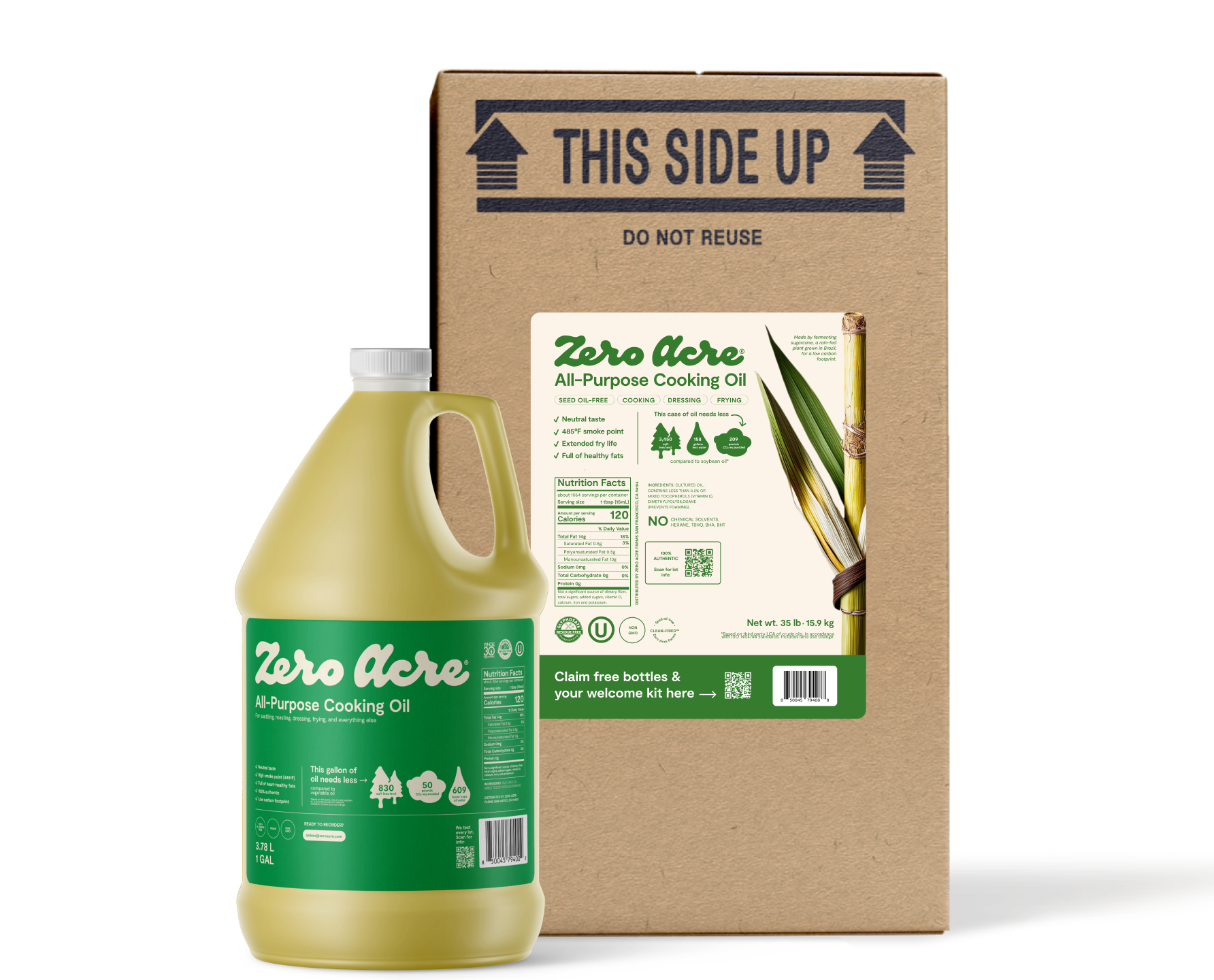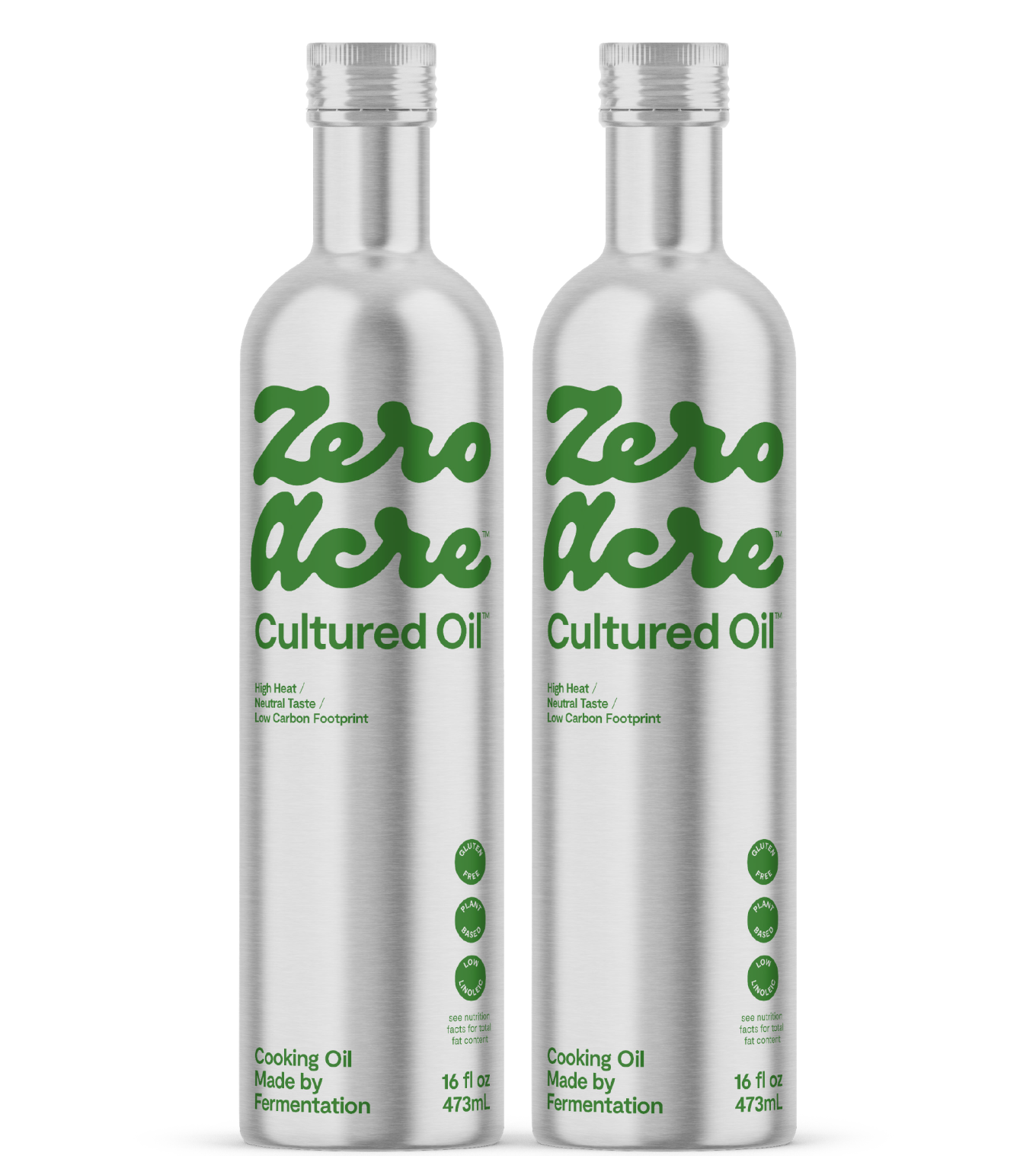WRITTEN BY: The Zero Acre Editorial Team
Article at a Glance
Sesame oil is an ancient seed oil, with documented uses of it dating back thousands of years.
Powerful antioxidants in sesame oil make it more stable than other seed oils, despite its relatively high linoleic acid concentration.
Toasted sesame oil is flavorful and aromatic but unsuited to cooking, while refined sesame oil is neutral-tasting and often used for deep frying.
Sesame oil has a high water footprint and is associated with questionable farming practices in the United States.
Introduction
Sesame oil is one of the longest-used oils in documented history. In fact, it is thought to be the oldest oilseed crop known to humankind [*]. Ancient China, Egypt, Greece, and Babylonia all grew and valued sesame, using both the whole seed and its extracted oil for cooking and ceremonial purposes [*,*].
Sesame seed and sesame seed oil maintain cultural relevance in Middle-Eastern and Asian cuisine – from Tahini (ground sesame seed butter) in hummus and halvah, to toasted sesame oil used to add a nutty flavor to a wide variety of Asian dishes.
Compared to other vegetable oils, sesame oil enjoys a favorable reputation as an aromatic and nutritious ingredient. However, its relatively high omega-6, linoleic acid content may have you scratching your head – is sesame oil actually good for you?
What is Sesame Oil?
Whole sesame seeds are rich in oil, consisting of 50-60% fat on average [*]. Sesame oil is easily extracted from the whole sesame seed, which is either lightly toasted or processed in its raw state [*]. Raw sesame seeds produce a light-colored, slightly nutty tasting oil, while toasted sesame seeds produce a dark amber colored oil with a strong aroma.
“Light” sesame oil is often used as a frying oil in Asian and African cuisine, while the toasted version is used in small amounts as a flavoring agent at the end of cooking – its flavor generally too intense for use as a frying oil [*].
Is Sesame Oil a Seed Oil?
Since sesame oil is extracted from the sesame seed, it can be considered a seed oil. Like many other seed oils, it is high in the omega-6 polyunsaturated fat, linoleic acid (LA) and is prone to degradation.
Unlike other seed oils, however, sesame oil contains a trio of powerful antioxidants – sesamol, sesamolin, and vitamin E (γ-tocopherol) – which may help slow down the oxidation process and delay the onset of rancidity [*]. In fact, oil manufacturers often add these antioxidants to other seed oils to prolong shelf life [*].
Although the antioxidants in sesame oil provide a degree of protection against oxidation compared to other seed oils, they may not be able to withstand the exposure to high temperatures during cooking [*].
How is Sesame Oil Made?
Sesame oil is extracted from either raw or toasted sesame seeds.
Raw seeds yield oil that is light in flavor and in color, while toasted seeds produce oil with a dark color and strong nutty aroma. Interestingly, toasting the seeds before extracting the oil appears to increase the oxidative stability of sesame oil, reducing the likelihood that it will go rancid if kept in proper storage (a cool, dark and dry location) [*].
If sesame oil is unrefined, it will smell and taste like sesame seeds because many of the flavor and aromatic compounds remain in the oil [*]. These natural compounds give the oil a distinctive flavor but also limit its ability to withstand high temperatures.
On the other hand, refined sesame oil is often extracted using chemical solvents, and undergoes high-heat treatments to remove impurities. This results in an oil that is neutral in flavor and more suitable for high heat cooking. [*].
Unfortunately, sesame oil is prone to adulteration in some markets [*,*]. Sellers will often dilute the oil with cheaper seed oils like corn or soybean oil in order to boost their profits. Because other seed oils share a similar fatty acid makeup with sesame seed oil, it is difficult to detect fraudulent oil without special equipment [*,*].
In China, where oil adulteration is common, the government advises consumers to pay attention to the color and smell of the oil to assess its purity – pure unrefined sesame oil will be light red, orange-red, or yellowish-red in color, while blended oil is often dark yellow or blackish red [*].
Sesame Seed Oil Nutrition
Starting with the basics, sesame oil is, like all other oils, 100% fat.
Sesame seed oil is primarily composed of unsaturated fat, with roughly equal parts polyunsaturated fat and monounsaturated fat. Approximately 42% of the fat in sesame oil is omega-6 linoleic acid (LA), while a roughly equivalent 40% is monounsaturated fat – the same fatty acid that is high in olive oil, avocado oil, and Zero Acre oil [*].
Though it has a moderate amount of stable monounsaturated fat, sesame oil has a higher linoleic acid concentration than some other seed oils (canola, peanut and rice bran) [*].
And even though the antioxidants in sesame oil help to prevent oxidation from occurring as readily as other seed oils, it’s still important to cook and store it wisely. High LA oils, like sesame oil, are known to create harmful byproducts when brought to high heat, and the antioxidants may not prevent all of this oxidation from occurring, especially at high temperatures or when used for a long period of time [*].
Pro tip: Instead of choosing sesame oil to deep fry or saute, use a heat stable oil like Zero Acre oil and add a dash of toasted sesame oil at the end of cooking to get the most of the flavor without detrimental impact of oxidized LA [*]. And store it properly — a dark, cold place is best (like the refrigerator), as light, oxygen and heat speed up fat oxidation and promote rancidity.
As a final note about the nutrition of sesame oil, the FDA officially recognized sesame as the ninth most common food allergen in the United States as of 2021 [*].
Although sesame oil is separated from the protein that is responsible for causing the allergic response in those with sesame allergies, experts recommend that those who are allergic to sesame avoid sesame oil, as it is often not refined enough to remove all of the allergen [*].
Sesame Oil Smoke Point
The smoke point of sesame oil is the temperature at which it begins to burn and create off-tasting byproducts and toxic compounds [*]. Refined, light sesame oil has a relatively high smoke point of 410° Fahrenheit and is often used for deep frying [*].
Because it has more free fatty acids, unrefined, toasted sesame oil has a lower smoke point of 350° Fahrenheit [*]. Thus, toasted sesame oil is best used as a finishing oil or dressing.
While sesame oil is known for having a relatively high smoke point, this characteristic alone does not determine its overall stability under heat. When heated, sesame oil can begin breaking down into harmful byproducts, even before it reaches its smoke point.
The heat stability, or thermal oxidative stability, of an oil depends on its fatty acid composition, with saturated fats being the most heat-stable, followed by monounsaturated fats, and polyunsaturated fats being the least heat-stable [*].
Like other seed oils, sesame oil contains high levels of unstable polyunsaturated fats that break down rapidly when heated, leading to the formation of harmful byproducts such as acrylamides, toxic aldehydes, hydroxylinoleate, free radicals, and trans fats, both during manufacturing and cooking [*,*].
Sesame Oil Environmental Impacts?
Some of the biggest producers of sesame crop are Myanmar, India, China, Sudan, and Tanzania, where it is most commonly grown by smallholder farmers as a high-value specialty crop [*]. Sesame is also grown in Mexico, Central America and the United States.
Sesame is tolerant of drought and poor soil, which means it’s a hardy crop that doesn’t need a lot of added resources (like water) to produce a yield [*]. However, the production and refinement of sesame seed oil has a greater total water footprint than most other oils globally – more than 6 times the water footprint of canola oil production [*].
In the U.S., sesame is often grown amongst genetically modified crops (like cotton) that are herbicide resistant, which encourages heavy herbicide use by growers [*]. These herbicides seep into the earth and pollute groundwater and surface water, which may harm not only aquatic habitats but the entire food chain [*].
The Takeaway
Though sesame seed oil may pass the “common sense test” compared to other vegetable oils – that is, it’s been consumed by humans for millennia, requires little processing or refinement in most cases, and is often used in small amounts as a finishing oil – it’s still relatively high in omega-6 fatty acids and is susceptible to harmful oxidation if stored or used improperly.
It has a higher water footprint than most edible oils, and is susceptible to adulteration with cheap vegetable oils by sellers looking to boost their profits.
In order to harness sesame oil’s potent antioxidants and strong flavor, use just a little bit at the end of cooking for flavor. Or, combine it with a heat-tolerant oil like Zero Acre oil and enjoy all the sesame-flavored dishes your heart desires.

Are Seed Oils Toxic? The Latest Research Suggests Yes
Seed oils never underwent safety testing for premarket approval. Here, we examine the disturbing toxicity and safety data that have come to light recently.

Is Grapeseed Oil Healthy? Nutrition Facts, Studies, and Alternatives
Grapeseed oil is sometimes touted as a healthy cooking oil, but it's important to keep in mind that like other seed oils, it's high in omega-6 linoleic acid which may be problematic for your health.

Olive Oil: Good for You or Too Good to be True?
Olive oil needs no introduction, but perhaps, it’s time to rethink the role of olive oil in your diet and how its production impacts the environment.





